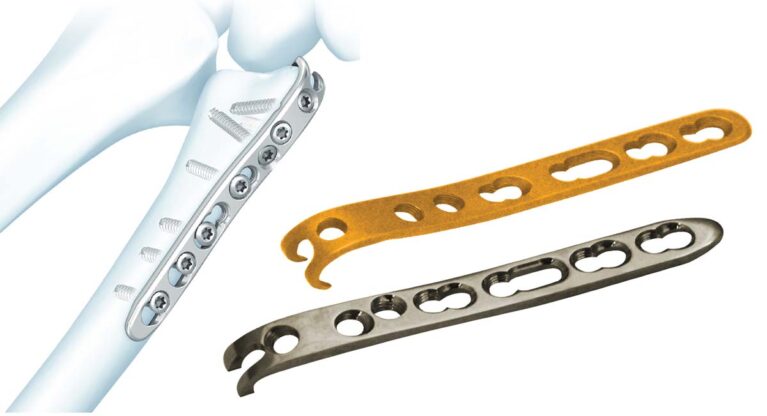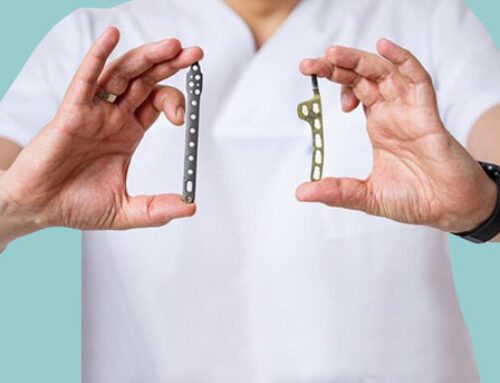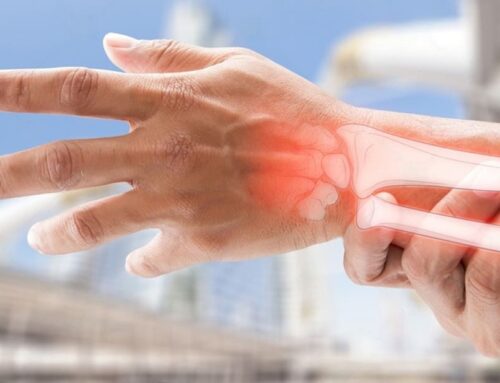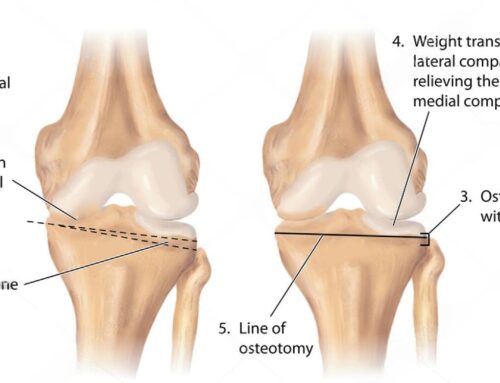A ulna plate is a type of orthopaedic implant used to stabilize and support fractures or deformities in the ulna bone, which is one of the two long bones in the forearm (the other being the radius). These plates are surgically fixed to the bone using screws and are used to maintain proper alignment and promote healing.
Types of Ulna Plates (Based on Location & Design)
Proximal Ulna Plates
Used for fractures near the elbow joint.
- Anatomic Proximal Ulna Plates: Pre-contoured to fit the unique shape of the proximal ulna.
- Olecranon Plates: Specifically designed for olecranon fractures, which is the bony tip of the elbow.
- Often includes locking screws for strong fixation.
Distal Ulna Plates
Used near the wrist, usually in conjunction with distal radius fractures.
- Distal Ulna Head Plates: Designed to stabilize the ulnar head in distal ulna fractures or ulnar shortening procedures.
- Hook Plates: Sometimes used when the ulnar styloid is fractured and unstable.
Ulna Shaft (Diaphyseal) Plates
Used for mid-shaft fractures.
- Straight Plates: Standard straight plates used for midshaft fractures.
- Dynamic Compression Plates (DCP): Allow controlled compression at the fracture site to promote healing.
- Limited Contact DCP (LC-DCP): Designed to minimize contact with bone and preserve blood supply.
- Locking Compression Plates (LCP): Combine features of locking screws and compression to improve fixation in osteoporotic or complex fractures.
Advantages of Ulna Plates
Anatomical Alignment and Stability
Restoration of Natural Bone Shape
- Pre-contoured (anatomically shaped) plates match the natural curvature of the ulna, especially in the proximal ulna.
- Ensures precise anatomical reduction of the fracture or deformity.
Rigid Internal Fixation
- Strong mechanical support allows for stable fixation of complex or comminuted fractures.
- Prevents displacement during the healing process.
Early Mobilization and Functional Recovery
Supports Early Range of Motion
- Rigid fixation reduces the need for prolonged casting or immobilization.
- Patients can begin elbow or wrist motion earlier, minimizing stiffness and muscle atrophy.
Improved Functional Outcomes
- Quicker return to activities of daily living and rehabilitation.
Versatility in Fracture Patterns
Ulna plates can be used for:
- Simple transverse, oblique, or spiral fractures
- Comminuted (multiple-fragment) fractures
- Segmental bone loss
- Osteotomies or malunions
- Nonunions
This makes them suitable for both acute trauma and reconstructive procedures.
Enhanced Fixation in Osteoporotic Bone
Locking Plate Technology
- Locking screws engage with the plate to form a stable, fixed-angle construct.
- Beneficial for elderly patients with poor bone quality, where conventional screws may not hold well.
Biocompatibility and Imaging Benefits
Titanium Plates
- Excellent biocompatibility and reduced risk of allergic reactions.
- Non-magnetic, so MRI-safe.
- Less interference with imaging (CT or X-ray), making it easier to monitor healing.
Reduced Risk of Soft Tissue Irritation (in modern designs)
- Low-profile plates minimize protrusion under the skin, especially important for subcutaneous bones like the ulna.
- Rounded edges and smooth contours reduce the risk of tendon or nerve irritation, particularly at the elbow (near the ulnar nerve).
Modular and Hybrid Options
- Plates can be used with both locking and non-locking screws.
This allows the surgeon to tailor the fixation strategy based on:
- Bone quality
- Fracture pattern
- Patient age and activity level
Minimized Periosteal Damage
- Limited Contact-Dynamic Compression Plates (LC-DCP) or Locking Compression Plates (LCP) are designed to minimize contact with the bone surface, preserving blood supply to the periosteum (outer layer of bone).
- This supports better biological healing and lowers the risk of infection or delayed union.
Revision and Removal Options
- Plates are generally removable if needed (e.g., for infection control, implant-related discomfort, or hardware failure).
- Many systems offer modular compatibility with other orthopaedic instruments and implants.
Long-Term Durability and Proven Track Record
- Ulna plates have a long history of success in trauma surgery and reconstructive orthopaedic procedures.
- acked by evidence and clinical studies for their effectiveness and safety.







Leave A Comment